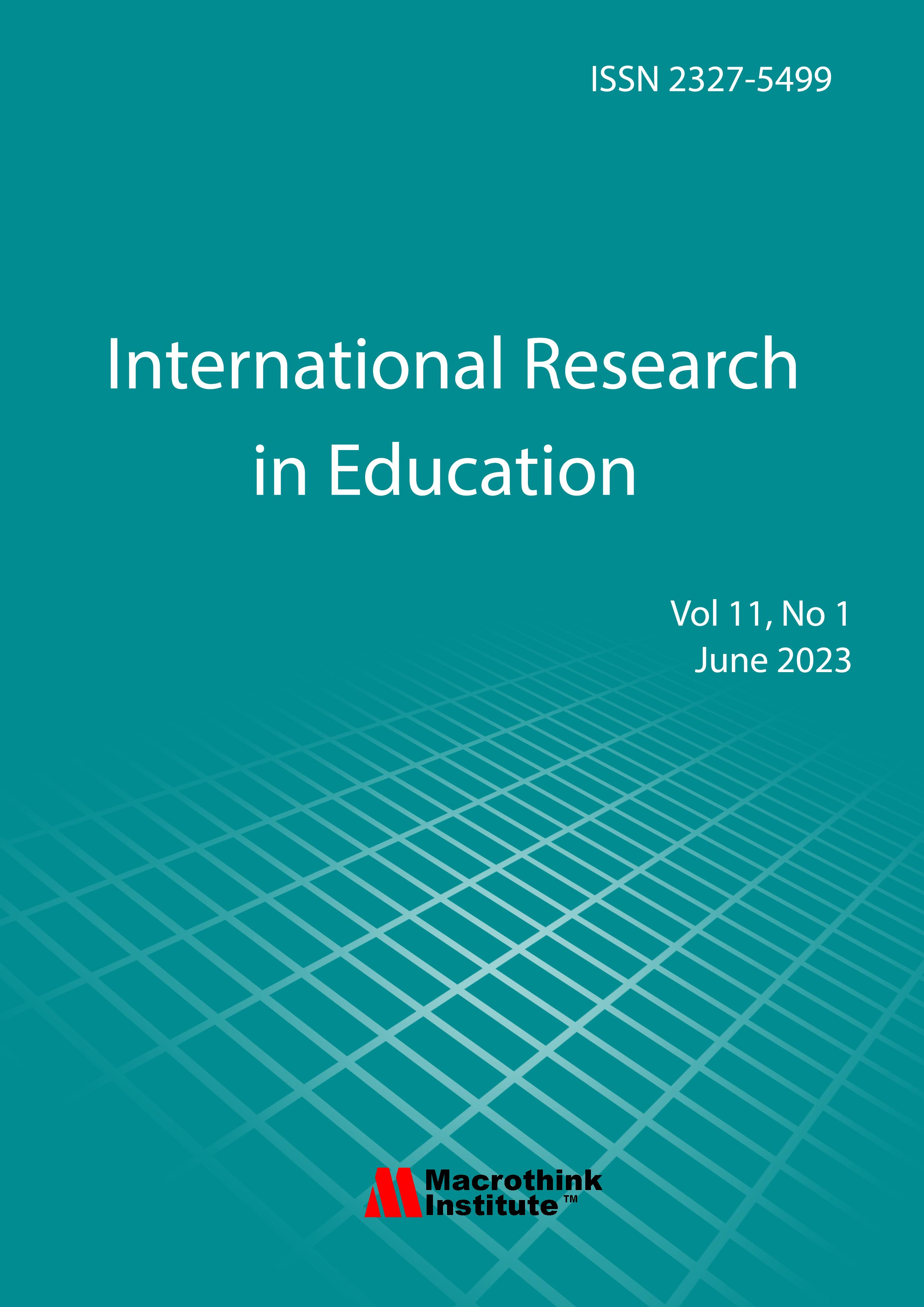Construction and Analysis of Items for Assessing Learning Outcomes: Concise Models for Ensuring Validity
DOI:
https://doi.org/10.5296/ire.v11i2.21160Keywords:
Assessment item analysis model, assessment item construction model, assessment item validity model, assessment validity, assessment of learning outcomes, good assessment itemsAbstract
How can we effectively tell whether learners have acquired, and can exhibit outcomes that were initially established for them, and instructions tailored to? This question leads to assessment of learning outcomes or instructional results. It is for instance held that an outcomes-based approach to this requires assessment, in authentic ways, of what is considered to be most important of students’ attainments. Unfortunately, the use of inappropriate assessment/test items/instruments is a widespread phenomenon and has become a practice/malpractice most urgently in need of improvement. To ensure such improvement is to satisfy the most important criteria in assessment/test administration; validity. The prevailing assessment culture is however still steeped in the pre-occupation with reliability. This is due to the notion that for an assessment to be reliable it must first be valid, and the subsequent assumption that the reliability of an assessment invariably ensures its validity, as there is no structured/formulaic way of determining validity. It is however known that an assessment can be reliable without necessarily being valid. This paper therefore attempts to fill this validity void, by presenting two well-structured models/flowcharts; one, for verifying the validity or usefulness/appropriateness of assessment items and the other for the construction/writing of valid/appropriate assessment items.




